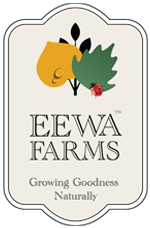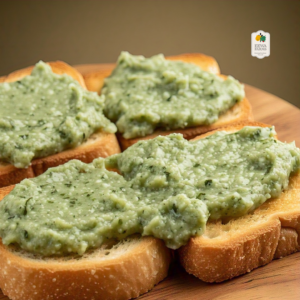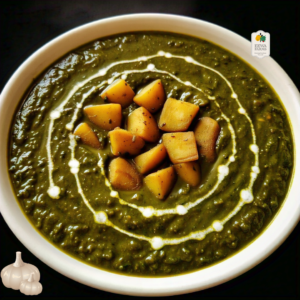
The Role of Controlled Environment Agriculture (CEA) in Growing Safe, Sustainable Produce
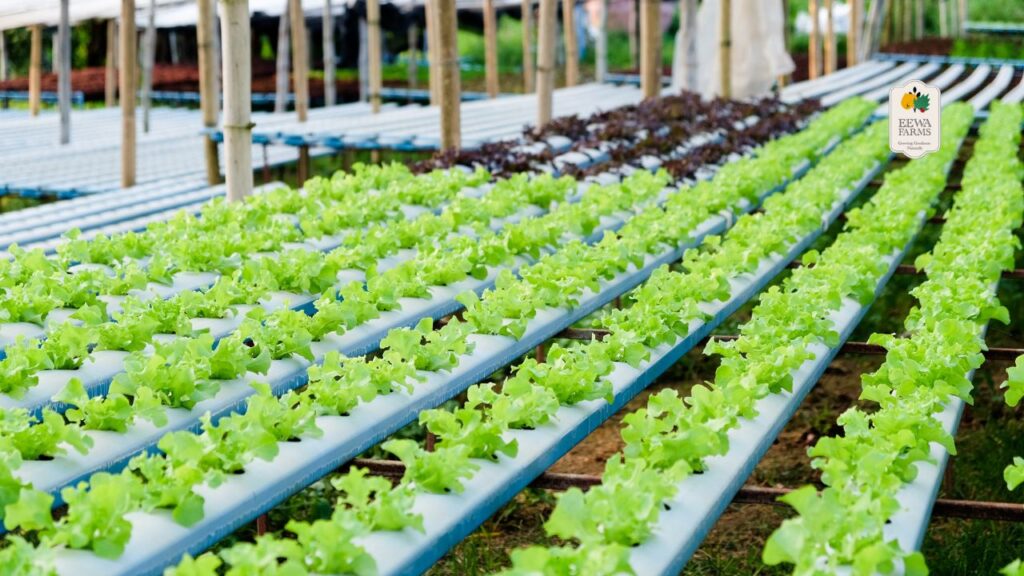
In recent years, there has been a growing demand for safe, chemical-free produce, with consumers becoming more conscious about the quality and safety of the food they consume. One of the most effective ways to meet this demand is through Controlled Environment Agriculture (CEA). CEA is revolutionizing the way we grow food by providing an environment that allows for the cultivation of crops without harmful pesticides. In this article, we will explore the critical role that Controlled Environment Agriculture (CEA) plays in growing safe and healthy produce, ensuring that consumers have access to fresh, sustainable food.
What is Controlled Environment Agriculture (CEA)?
Controlled Environment Agriculture (CEA) refers to the practice of growing plants in a highly controlled indoor environment, such as a greenhouse or vertical farming setup, where every factor such as temperature, humidity, light, and nutrient levels is carefully managed. Unlike traditional farming, which is susceptible to the elements, CEA systems provide an optimal growing environment year-round, irrespective of external weather conditions. This control over the environment leads to healthier plants, higher yields, and the ability to grow crops without the need for pesticides.
How CEA Reduces the Need for Pesticides
One of the most significant advantages of Controlled Environment Agriculture (CEA) is the ability to grow crops without relying on harmful pesticides. Since crops are grown in a closed environment with minimal exposure to pests and diseases, the need for chemical interventions is greatly reduced. By preventing pests through natural methods such as introducing beneficial insects or using organic treatments, CEA ensures that plants can grow without the use of harmful chemicals. This results in produce that is safer and healthier for consumers.
The Benefits of Chemical-Free Produce
The primary benefit of growing food without harmful chemicals is the assurance of safer, healthier food for consumers. Long-term exposure to pesticides has been linked to various health issues, including hormone disruption, developmental issues in children, and even cancer. By opting for safe produce, consumers reduce their exposure to these potentially harmful substances, making it a healthier option for their families. Additionally, crops grown in controlled environments often have a richer flavor and more vibrant colors, offering a more enjoyable eating experience.
How CEA Supports Sustainable Farming
Controlled Environment Agriculture (CEA) not only helps produce safer food but also promotes sustainable farming practices. One of the main reasons for its sustainability is that it uses significantly less water compared to traditional soil-based agriculture. The water used in CEA systems is recycled, reducing waste and minimizing the environmental footprint. Furthermore, CEA operations often rely on energy-efficient lighting and renewable energy sources, further enhancing their sustainability. As a result, CEA supports a more eco-friendly approach to farming while still providing high-quality food.
-
Sale!
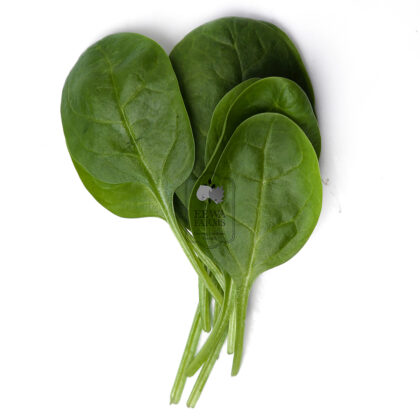 This product has multiple variants. The options may be chosen on the product page
This product has multiple variants. The options may be chosen on the product pageBaby Spinach (Hydroponically Grown)
₹55.00 – ₹538.00 -
Sale!
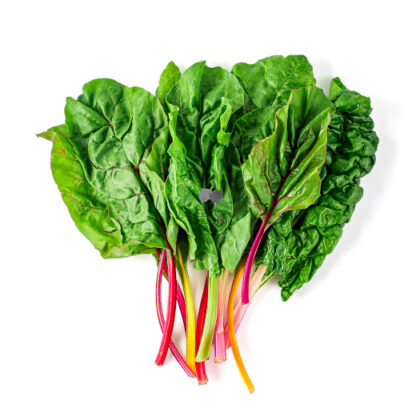
Swiss Chard (Hydroponically Grown)
₹78.00Original price was: ₹78.00.₹50.00Current price is: ₹50.00. -
Sale!
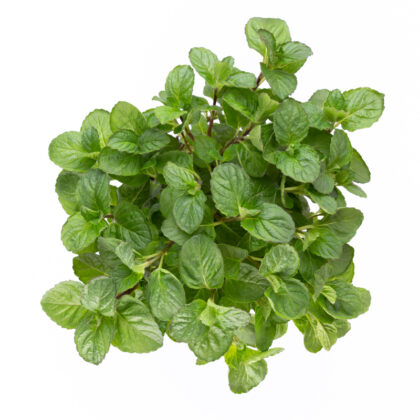
Mint (Hydroponically Grown)
₹46.00Original price was: ₹46.00.₹35.00Current price is: ₹35.00. -
Sale!
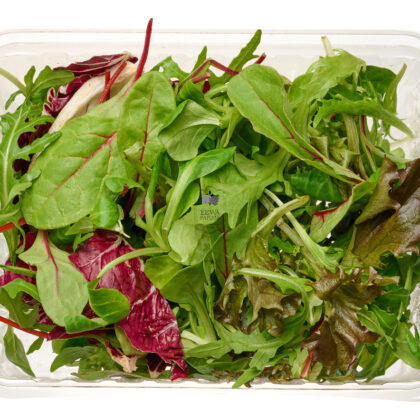 This product has multiple variants. The options may be chosen on the product page
This product has multiple variants. The options may be chosen on the product pageSalad Mix (Hydroponically Grown)
₹89.00 – ₹552.00
Hydroponic Farming: A Key Component of CEA
Hydroponic farming is a key component of Controlled Environment Agriculture (CEA), where plants are grown without soil in nutrient-rich water solutions. This method allows for precise control over the plant’s nutrient intake and ensures that crops grow quickly and efficiently. Because hydroponic farming doesn’t require soil, it also eliminates the need for chemical treatments commonly used in traditional farming to control soil-borne pests. As a result, hydroponic farming systems within CEA setups are ideal for producing safe, high-quality food.
The Future of CEA and Chemical-Free Food
As the demand for safe, chemical-free produce continues to rise, Controlled Environment Agriculture (CEA) will play a critical role in shaping the future of food production. The ability to grow crops in a controlled, pesticide-free environment opens the door to creating a more sustainable food system, where people can access fresh, nutritious food year-round. Furthermore, as technology continues to evolve, CEA systems are becoming more efficient, enabling farmers to produce even larger quantities of safe, healthy food with fewer resources.
Why Choose CEA for Safe Produce?
Choosing Controlled Environment Agriculture (CEA) for your food means choosing a healthier, safer, and more sustainable way of farming. With the ability to grow crops without the use of harmful chemicals, CEA ensures that consumers receive fresh, high-quality food. Additionally, CEA supports sustainable farming practices that conserve resources and minimize environmental impact. Whether you’re looking for hydroponic farming options or simply want to support eco-friendly food systems, CEA offers a compelling solution.
Conclusion
Controlled Environment Agriculture (CEA) is a game-changer in the agricultural industry, enabling farmers to grow healthy, high-quality food in a sustainable and eco-friendly way. By providing a controlled environment, CEA ensures that crops are grown without harmful chemicals, offering consumers peace of mind about the safety of their food. As the demand for safe, sustainable produce continues to grow, CEA will play a key role in meeting that demand and helping to build a more sustainable food system. By supporting CEA, we can enjoy healthier food, protect our environment, and pave the way for a greener future.

